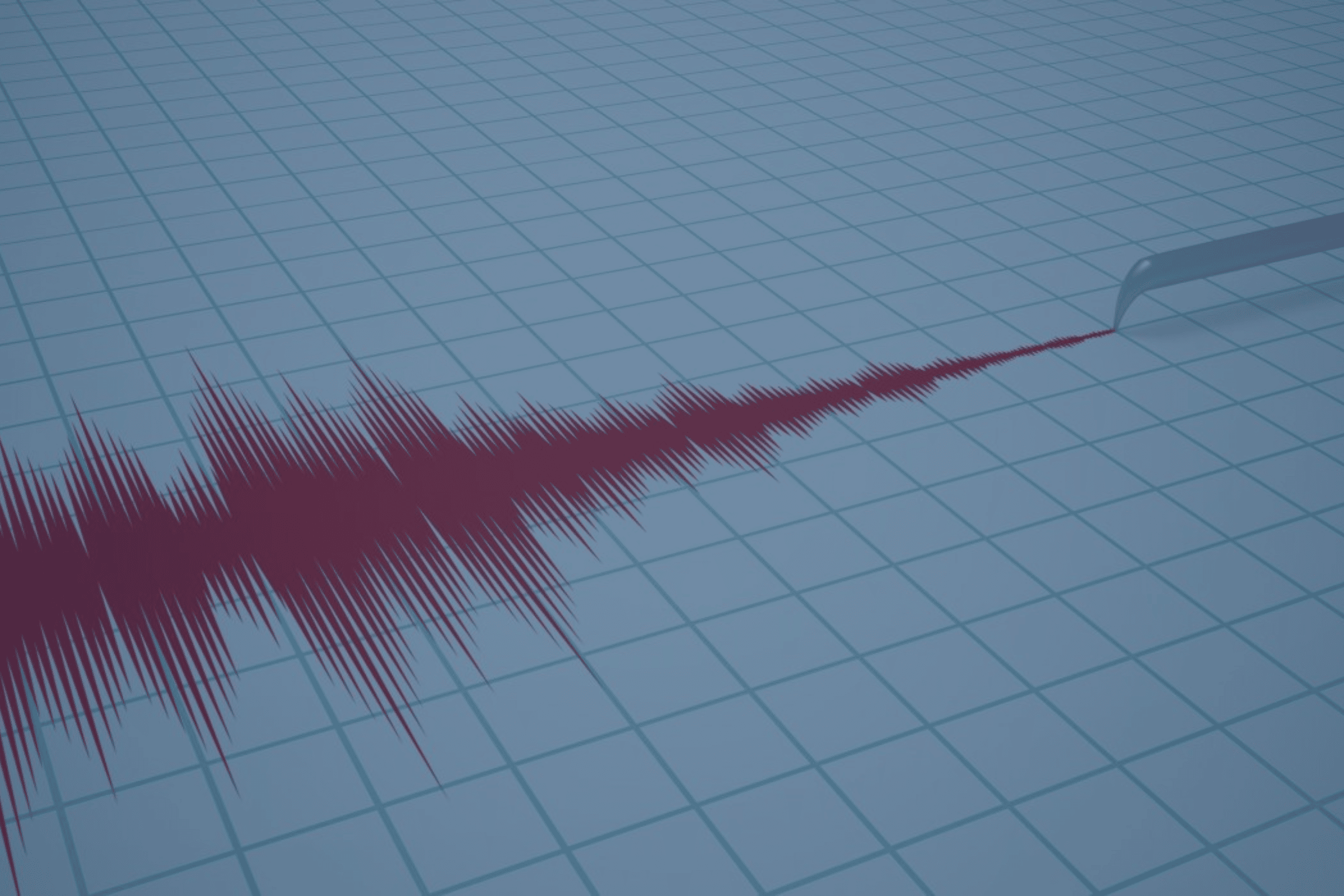What happened during the August 2016 Amatrice earthquake?

How the VERCE platform helped seismologists to make sense of a natural catastrophe.
The Amatrice earthquake shook the central region of Italy on the night of August 24, 2016. As the day broke, the degree of the devastation was made painfully obvious: many people were reported dead or missing and entire villages laid under the rubble.
There is nothing scientists can currently do to predict earthquakes. But seismologists are constantly working to understand how seismic waves travel underground and what kind of impact they may have at the surface. It is only with this type of knowledge that Civil Protection authorities can improve emergency plans and procedures.
Federica Magnoni is a post-doctoral researcher at the Italian National Institute of Geophysics and Volcanology, working on simulations of seismic wave propagation and ground shaking for complex and realistic 3D Earth models. She was part of the team that developed the VERCE platform and was one of the seismologists who first analysed the Amatrice earthquake.
To do this Magnoni and her team turned to the VERCE platform. This science gateway was developed jointly by seismologists and IT experts as a tool to create accurate earthquake simulations with the SPECFEM3D_Cartesian software package.
“Using SPECFEM3D_Cartesian through the VERCE platform allowed us to directly visualize animations of the wave propagation generated by the earthquake in the region,” explained Magnoni. “We could also see the related behaviour of ground shaking represented by animated peak ground velocity maps.”
The animation is available in YouTube and was widely reported by the media throughout the days after the earthquake.
The VERCE platform “allowed us to directly visualize the seismograms for each component at each station,” said Magnoni. “We could verify that the obtained amplitude values are in fair agreement with the results from ground shaking studies and get useful insights to reconstruct hazard scenarios.”
Previously, VERCE had been used to simulate April 6, 2009 earthquake in L’Aquila (Central Italy), the 2012 event in the Pollino region (South Italy) and the mainshock of the May 20, 2012 earthquake in Emilia (North Italy).
“By making available SPECFEM3D_Cartesian through the VERCE platform, these simulations are now feasible for many seismologists who previously did not have the resources in their home institutions to have access to this tool,” adds Andreas Rietbrock, professor of Geophysics at the University of Liverpool and part of the team that developed VERCE.
VERCE’s simulation tools are powered by compute resources provided by Fraunhofer-SCAI and LRZ, two data centres of the EGI Federation. The platform relies on Virtual Machines hosted at the Fraunhofer-SCAI EGI Federated Cloud cluster to run backend services. VERCE was a pilot use case for the Federated Cloud and was an early user of containers.
